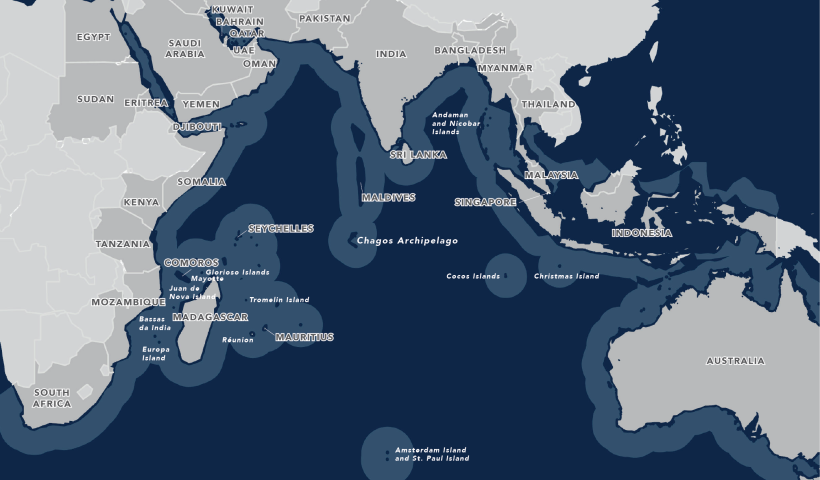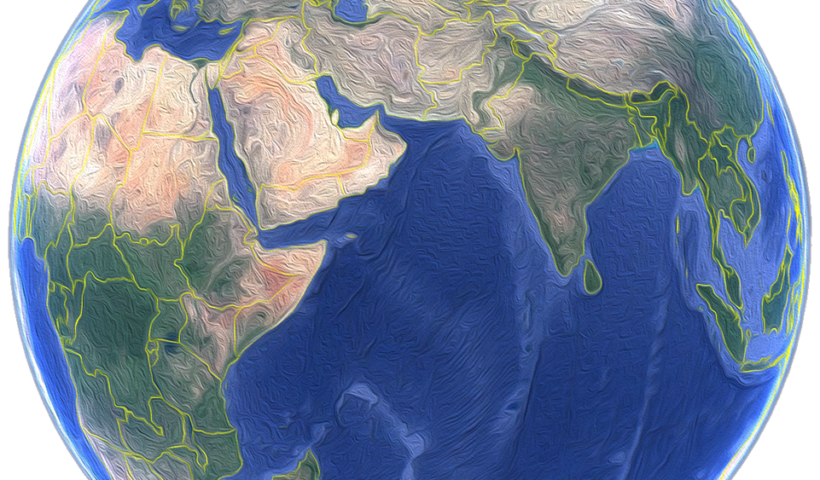Title: The Strategic Dynamics of the Indian Ocean: An Analytical Perspective Excerpt: The Indian Ocean, a critical geopolitical arena, is witnessing a resurgence in strategic importance. This article provides a comprehensive analytical outlook on the evolving dynamics within the region, exploring key factors influencing the power play among global and regional actors. By assessing maritime security challenges, resource competition, and shifting alliances, we aim to unravel the complex web of interests and strategies shaping the future of the Indian Ocean.
View More The Strategic Dynamics of the Indian Ocean: An Analytical PerspectiveTag: INDIAN OCEAN
THE INDIAN OCEAN
THE THIRD LARGEST of the world’s oceans, the Indian Ocean covers 28 million sq miles (73 million sq km) and contains some 5,000 islands, many of them surrounded by coral reefs. This ocean is unique because, unlike the Atlantic and Pacific, it has no outlet to the north. It contains both the saltiest sea (the Red Sea), and the warmest sea (the Persian Gulf) on Earth. It is bounded by Asia to the north, Africa to the west and Australia to the east. To the south it is bounded by the Southern Ocean or Antarctica, depending on the definition in use. Along its core, the Indian Ocean has some large marginal or regional seas such as the Arabian Sea, the Laccadive Sea, the Somali Sea, Bay of Bengal, and the Andaman Sea. The Indian Ocean is at risk from pollution, especially from oil tankers leaving the Persian Gulf. Monsoon rains and tropical storms can bring disastrous flooding to its northern coasts.
View More THE INDIAN OCEAN

